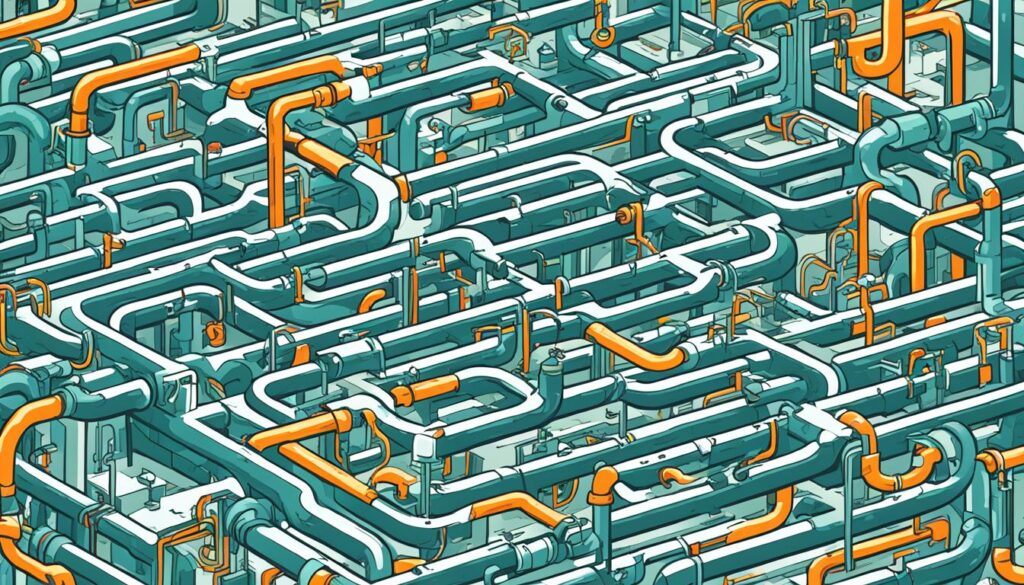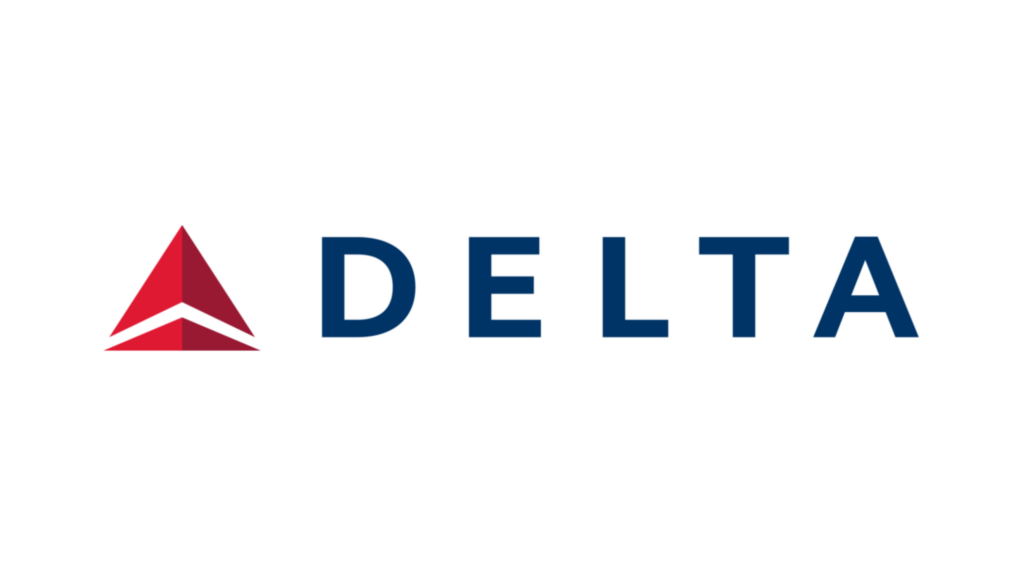Did you know that optimizing your website with technical SEO can significantly improve its search engine visibility and user experience factors? Technical SEO involves fine-tuning your website’s architecture and performance to enhance its performance in search engine results. By optimizing your site for technical SEO, you can ensure that search engines can easily crawl, index, and rank your content, ultimately driving more organic traffic to your site.
In this article, we will explore the fundamentals and best practices of technical SEO to help you optimize your website for search engines and provide a seamless user experience. Whether you’re a beginner looking to understand the basics or an experienced marketer aiming to enhance your site’s performance, we’ve got you covered. Let’s dive in and uncover the key strategies and tactics that can make a significant impact on your website’s SEO performance.
Key Takeaways:
- Technical SEO is essential for improving your website’s search engine visibility and user experience factors.
- By optimizing your site’s architecture and performance, you can ensure that search engines can easily crawl, index, and rank your content.
- Technical SEO best practices include optimizing crawling and indexing, addressing duplicate content, improving page speed and mobile-friendliness, and utilizing internal linking.
- Implementing technical SEO strategies can lead to improved search engine rankings, increased organic traffic, and a better overall user experience.
- Regularly evaluating and improving your website’s technical aspects is crucial for long-term success in search engine optimization.
What Is Technical SEO and Why Is It Important?
https://www.youtube.com/watch?v=rM4NrNemZyM
Technical SEO is the cornerstone of optimizing your website to achieve improved visibility in search engine results. By enhancing your website’s structure and performance, technical SEO ensures that search engines can easily crawl, index, and understand your content. This process is essential to ensure that your valuable content receives the recognition it deserves and reaches your target audience effectively.
Without proper implementation of technical SEO, your website may not appear in search results, leading to a significant loss of potential traffic and revenue. This is why it’s crucial to prioritize technical SEO and optimize your website for improved search engine crawling, indexing, and user experience, ultimately influencing your site’s ranking factors.
Furthermore, technical SEO encompasses various critical factors, such as site speed and mobile-friendliness, which directly impact your website’s search engine rankings. These factors are confirmed ranking factors by search engines, ensuring that they hold significant weight in determining the visibility and success of your website in search results.
How to Optimize Crawling and Indexing for Technical SEO
Crawling and indexing are crucial processes that enable search engines to discover and understand the content on your website. To ensure these processes are optimized for technical SEO, there are several best practices to follow.
Create an SEO-Friendly Site Architecture
Organizing your website’s pages in a logical hierarchy is essential for efficient crawling and indexing. By creating an SEO-friendly site architecture, you can ensure that all pages are easily accessible from the homepage. This allows search engine crawlers to navigate and index your content more effectively.
Submit Your XML Sitemap
An XML sitemap is a file that lists all the pages on your website and provides important information about each page. By submitting your XML sitemap to search engines like Google, you can help them find and index your pages more efficiently. This enhances the visibility of your content in search engine results.
Utilize the Noindex Tag
There may be certain pages on your website that you don’t want search engines to index. In such cases, you can use the noindex tag to instruct search engine crawlers to skip indexing those pages. This can be useful for private or duplicate content that you don’t want to appear in search results.
Implement Canonical Tags
When you have multiple versions of a page with similar content, search engines may get confused about which version to index. Implementing canonical tags helps search engines determine the original and preferred version of the content. This ensures that search engines don’t penalize your website for duplicated content and helps improve indexing accuracy.
By implementing these best practices, you can optimize crawling and indexing for technical SEO. This will help search engines better understand and rank your website’s content, ultimately improving your search engine visibility and user experience.
Additional Technical SEO Best Practices

Optimizing crawling and indexing is just one aspect of technical SEO. To further enhance your website’s performance and improve its search engine rankings, consider implementing the following best practices:
1. Use HTTPS for a Secure Connection
Ensure your website uses HTTPS, a secure protocol that encrypts data exchanged between users and your site. This not only protects user information but also helps improve your search engine rankings.
2. Address Duplicate Content Issues
Duplicate content can negatively impact your site’s visibility in search engine results. To avoid ranking and indexing problems, identify and resolve duplicate content issues by implementing canonical tags or using redirects.
3. Optimize Page Speed for a Better User Experience
Improving your website’s page speed not only enhances user experience but also has a positive impact on search engine rankings. Compress images, minify CSS and JavaScript files, and leverage caching to boost your site’s loading speed.
4. Ensure Mobile-Friendliness for Google’s Mobile-First Indexing
In today’s mobile-centric world, it’s crucial to ensure that your website is mobile-friendly. Google’s mobile-first indexing prioritizes mobile-friendly sites, so make sure your website is responsive, has a mobile-friendly design, and provides a seamless experience across different devices.
5. Utilize Internal Linking to Improve Site Navigation
Internal linking helps search engines understand the structure of your website and distribute page authority. By interlinking relevant pages within your site, you can enhance site navigation and guide users to valuable content.
By following these additional technical SEO best practices, you can enhance your site’s performance, improve search engine visibility, and provide a better user experience.
Conclusion
Technical SEO is a critical component in optimizing your website for search engines and enhancing its visibility in search engine results. By implementing best practices such as optimizing crawling and indexing, addressing duplicate content issues, improving page speed and mobile-friendliness, and utilizing internal linking, you can significantly improve your website’s performance and provide a superior user experience.
By focusing on technical SEO, you can boost your website’s chances of ranking higher in search engine results, resulting in increased organic traffic. The implementation of technical SEO strategies is an ongoing process that requires regular evaluation and improvement of your website’s technical aspects.
Remember, the ultimate goal of technical SEO is to create a website that is user-friendly, easily navigable, and accessible to search engines. By prioritizing website optimization and improving the overall user experience, you can enhance your search engine rankings, improve visibility, and drive organic traffic to your website.
FAQ
What is technical SEO?
Technical SEO involves optimizing your website’s structure and performance to make it easier for search engines to crawl, index, and understand your content.
Why is technical SEO important?
Technical SEO plays a crucial role in improving your website’s visibility in search engine results and ensuring that your valuable content gets the recognition it deserves.
How can I optimize crawling and indexing for technical SEO?
You can optimize crawling and indexing by creating an SEO-friendly site architecture, submitting your XML sitemap to Google, using the noindex tag on certain pages, and implementing canonical tags.
What are some additional technical SEO best practices?
Some additional technical SEO best practices include using HTTPS for a secure connection, addressing duplicate content issues, optimizing page speed, ensuring mobile-friendliness, and utilizing internal linking.
About the Author
Justin’s expertise in SEO is not merely about rankings; it’s about crafting a comprehensive online presence defined by quality, relevance, and authority. Partnering with Supermassive opens a gateway to unparalleled digital success for any business aiming to gain a competitive edge. Learn more about Justin’s approach and how Supermassive can elevate your digital marketing strategy through various resources:
- About Justin Sirotin: Leading Marketing Innovation
- Unmasking SEO Scams: How to Spot and Avoid Costly Deceptions
- Sustainability in Digital Practices with Eco-Friendly Tech
- SEO Packages at Supermassive
- Comprehensive SEO Strategies for Boosting Rank
- SEO Implementation: Boost Your Website’s Visibility
- AI for SEO: Search Engine Rankings and Online Visibility
- Zero-Click Searches: A New Trend in SEO Strategy
- Google E-E-A-T & SEO Impact
- SEO Strategies for Restaurants
- Master Ethical Website Performance Optimization
- Boost Your Domain Authority for SEO Success
- SEO Monitoring Essentials for Website Success
- Enhancing Site Accessibility in SEO
- The Future of SEO: Trends to Watch in Digital Marketing
- Project Uplift: Living with the Supermassive Purpose
- Page Authority SEO Strategies
- Optimizing Page Experience for SEO Success
- Proven Strategies to Cut Bounce Rate
- Optimize Core Web Vitals for Better UX
- Technical SEO: How to Improve Your Site with Expertise
Exploring these resources will provide a deeper insight into the world of SEO and how Supermassive, under Justin’s guidance, crafts strategies that lead to lasting online success.




